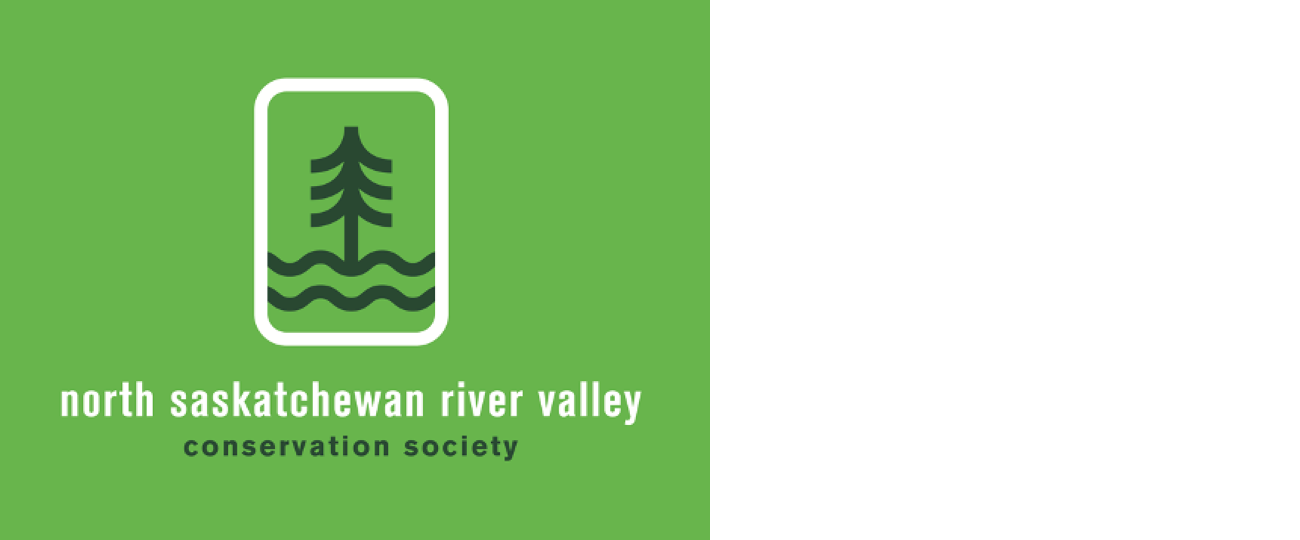Ottawa invests $130 million to create a network of national urban parks
Parks Canada has launched a new program to support the creation of a network of national urban parks. It will collaborate with municipalities, provinces, Indigenous partners, and conservation organizations, to identify opportunities for creating or expanding national urban parks in urban and near-urban settings across
The North Saskatchewan River Valley Conservation Society, Sierra Club Canada Foundation Prairie Chapter, and Canadian Parks and Wilderness Society-Northern Alberta have been working together with Parks Canada to encourage this initiative in the Edmonton metropolitan region.
Discussions are in the early stages, but we envision a national urban park that includes our region’s ribbon of green, the North Saskatchewan River Valley, and could even branch outside of the river valley to connect to other important wildlife, cultural and historical areas. Learn more at https://edmonton.taproot.news/news/2021/08/11/parks-canada-to-consider-edmonton-area-river-valley-fornational-urban-park-network
Top 5 native plants for birds in our yards
With so many choices for native plants that benefit birds it is hard to pick just five. But since most city yards are small, you must make the most of what you have. Why do birds need native plants?
Nature plants thrive despite our cold winters and sometimes searing hot summers and attract insects that birds want to eat. By attracting beneficial insects, your whole garden will get better pollination. This will give you more flowers, which means more seeds and berries for birds.
These five plants are easy to grow from seed and readily available for purchase in Edmonton. In addition to deciding what to plant, it is important to consider where to plant to maximize the benefit for birds.
Birds and pollinators enjoy mass plantings. You do not want to scatter your plants around the yard and make it a scavenger hunt for them! You are bringing birds to your garden so you can enjoy them, so plant where you can watch them! Discover the names of the top 5 native plants and learn more at http://cloud2.snappages.com/be296ab53ae397c57bac9e522bed2bb32a5a17f8/Wildflower%20News%20-%20August%202021%20R.pdf
Canada needs your help identifying critical habitat for bank swallows
The bank swallow, a cliff nesting species found throughout Alberta usually near water, has experienced a 98% population decline in Canada over the last 40 years and was classified as threatened by Canada’s Species at Risk Act (SARA) in November 2017.
Under SARA, the federal minister is responsible for preparing recovery strategies for any species listed as threatened. A crucial part of any recovery strategy is identifying critical habitat, the habitat necessary for the survival and recovery of a species. The proposed bank swallow recovery strategy has identified 15 critical habitat units across Alberta.
However, the document states that the critical habitat identified in the strategy is insufficient to meet the population objectives, meaning that more critical habitat needs to be identified to give these birds a chance at recovery.
The Alberta Wilderness Association is asking Albertans to submit information on riparian areas across the province where bank swallows or nesting colonies are observed frequently or have been in the past. This would be an important step in ensuring that more critical habitat is protected as part of these recovery activities.
Environment and Climate Change Canada’s proposed recovery strategy for bank swallow populations in Canada is open for public consultation until September 14 at https://www.canada.ca/en/environment-climate-change/services/species-risk-public-registry/recovery-strategies/bank-swallow-proposed-2021.html
What if women were never elected to Edmonton City Council
What if the 31 women who served on Edmonton City Council over the past century were never elected. How different would our city look and feel? Would Edmonton be Edmonton?
While Edmonton’s women councillors did all the bread-and-butter work during their terms, budgets, committee meetings etc., many also brought forward initiatives that made our city more livable, more beautiful, more Edmonton.
Two former City of Edmonton historian laureates, Shirley Lowe and Marlena Wyman, take us on a podcast tour and talk about the incredible, often visionary, and sometimes hidden legacies of many of our former female councillors.
From the controversial Talus Dome to our tranquil river valley system to City Hall, join them for a special journey that will change the way you forever look at Edmonton. Listen to the podcast at https://www.ywcaofedmonton.org/izena/podcast/podcast-part-7/
Anirniq ward honours those who never made it home
Sandra says “The river and Edmonton has so much history. Thank you for including it all. As devastating as it was, it is time to look at it. Your balanced view is much appreciated.”
Mountain Bike Concerns
Elisabeth writes, “With other friends, we are concerned about the escalating damage from new trails by mountain bikes in the river valley. The section we visit is the forested trail from 76th avenue in Belgravia, north towards Hawrelak. It would be interesting to document with GPS and photos the amazing number of new trails descending steep areas from the bike trail along Saskatchewan Drive. I hope someone can do this!”
Photo by Eric Gormley of EPCOR’s current reindustrialization of Edmonton’s river valley to build a solar power plant.
River valley concern or contribution
If you have a river valley concern or question, contact us at nsrivervalley@gmail.com
Your friends and neighbours can sign up for this newsletter on our web site.
If you have a photo, information, or event about Edmonton’s river valley and think it should be in this newsletter, email it to us.
Sincerely yours,
Harvey Voogd
North Saskatchewan River Valley Conservation Society
780.691.1712





















